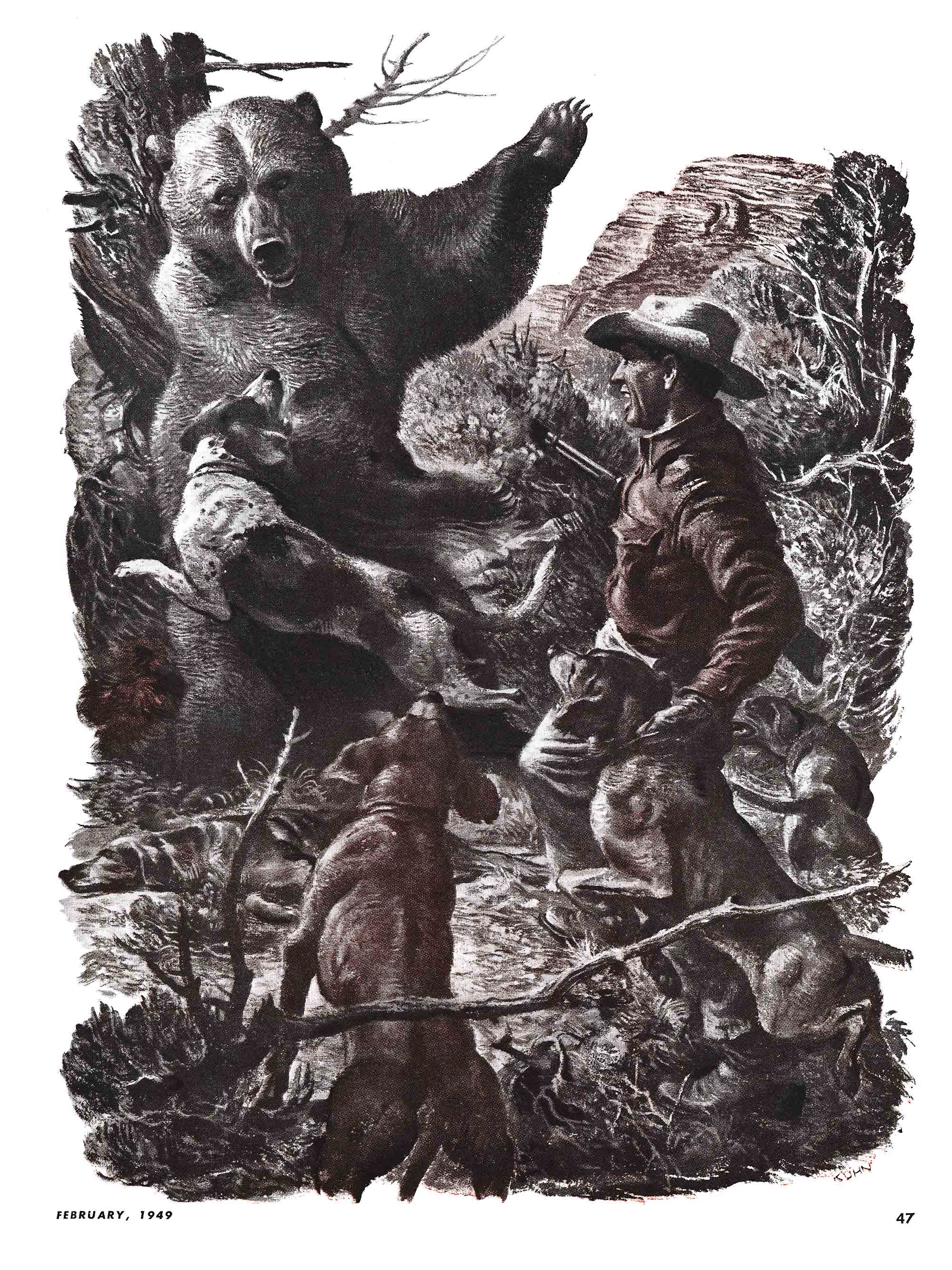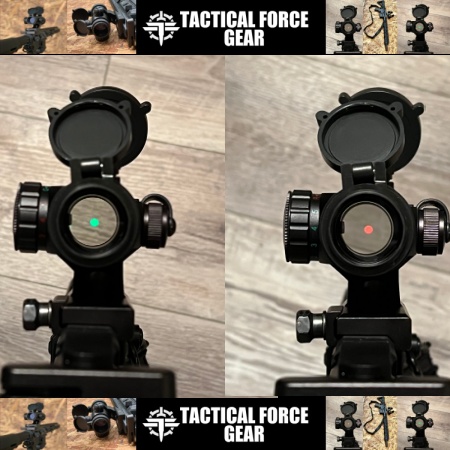Early Bill Moran pattern-welded Damascus used O1 and mild steel. Moran and other 1970s and 1980s-era Damascus smiths believed that a large carbon difference would lead to the difference in etching behavior to provide a contrast. Dr. John Verhoeven and bladesmith Howard Clark in 1998 did a study on pattern-welded Damascus [1] where they found that carbon would diffuse evenly between two steels and thus have the same carbon content throughout. Instead they found that other alloying elements led to contrast after etching. Carbon is a very small element which is “interstitial,” meaning it sits between iron atoms. Larger elements like manganese, chromium, and nickel are “substitutional” atoms that replace iron atoms and thus diffusion is much slower.
Larrin does such a fantastic job on these. His blog has been a master class on understanding blade steel.
Read the whole thing at KnifeSteelNerds.com
Or watch the video…
Read the full article here




